|
JANUARY 2018
Quick, when I say Harry Potter, what’s the visual image that springs to your mind? It’s probably a picture of the protagonists decked out with wands and robes, right? But is that all? Are they drifting in a void? Or do you see the setting around them—vast, mischievous Hogwarts castle, with its shifting staircases and moving portraits? The mysterious library, the murky lake, the rolling grounds? As writers, we hear a lot about worldbuilding—the art of creating a deep, well-rounded world that provides the physical and cultural setting for our plot. When this is done well, any mention of a story instantly gives the reader a vivid mental picture. But worldbuilding can go a step further! Instead of just being a setting or backdrop for your characters to move through, it can become almost another side character—something that your characters don’t just react to, but interact with. Something that gives heft to the plot and affects the story.
A great visual example of this kind of storytelling is Disney’s 2016 film Moana, about an adventurous girl who voyages across the ocean. Compare it to a film like 2010’s Tangled (listen, I have two little girls, all right? You’re lucky I’m not blogging about the latent societal microaggressions in My Little Pony). Tangled is a great movie with beautiful animation, but for the most part, the environment is a backdrop. Rapunzel is merely moving through her world, not interacting with it. But the team for Moana took a different approach and made Moana’s environment a tangible, interwoven part of her identity and journey.
We as writers can do this, too! Here are a few ideas for how to make your environment its own character in your story. Moana hits all six of them, and I bet you can find other examples, like Harry Potter, that do the same. A note: All these examples are related to a natural environment, because I’m a park ranger writing nature-nerd fantasy, and cities make me anxious. But many of these tips could be applied to a built environment, as well. Angie Thomas does this beautifully in The Hate U Give, making Starr’s neighborhood into a tangible part of her struggle and symbolism. Daniel José Older does it, too, in Shadowshaper—the built environment plays a role in his magic system. Urban or natural, fantasy or not, there are lots of ways to bring your environment to life! 1. Get specific
Your character is in a forest! They see a tree! It’s a big tree! With a bird on a nest and the nest on a twig and the twig on a branch and the green grass grows all around, all around, and the green grass grows all around…
If you want your environment to be more than just a backdrop, a good first step is to dig a little deeper into what it’s made up of. You don’t have to name every plant and animal your character happens upon, especially if they’re in an unfamiliar landscape, but using well-placed specifics can give your reader a quick and vibrant mental picture of your world. Even in a “generic” landscape—a forest, a plain, the ocean—naming specifics will define your environment. Is there a moose in your forest? Then I know I’m probably in a rugged, temperate wilderness, not a copse next to an English cottage. Are there acacia trees? I’m on an equatorial savannah, not a rolling moor. Are there narwhals spouting? Then I know I’m sailing a cold, icy bay, not a tropical lagoon. Maybe you’re making up your own creatures or using mythical beasts—well-placed details familiar to readers will still help paint them a picture of your imaginary landscape. Is your camp overrun by werediggers? Your reader doesn’t know what a weredigger is, but if they have large ears to cool off and can store water in their bulging chevron crests, then we know that they’re probably in a hot, arid place. Naming such details can open the door for your narrator to hint at the rest of the landscape without relying on awkward info-dumps. Detailing other parts of your environment can be a great way to thread in your cultural history, as well. Humans always leave traces behind, from ancient terraces reclaimed by a forest to a name carved into a century-old tree. Megan Whalen Turner uses this technique masterfully in the Queen’s Thief series. She gives a deep, lived-in feel to her world by moving her characters through orderly groves of ancient olives, sheltering them in farmhouses abandoned during famine, and orienting them using tiny alters to local gods as waypoints. These landmarks segue naturally into conversation about the religion, mythology, politics, and history of her world. The Grecian environment isn’t just a setting, it’s a lens into the story and the perspectives of her characters. In Moana: Consider the coconut… we know the movie is set in a fantasy Polynesia. Even without the cultural clues, the crystalline ocean, volcanic islands, and recognizable flora all paint a vivid portrait of the South Pacific. 2. Explore your narrator's point of view“The following morning, a thick fog rolled into our campsite. It shrouded the trees and trickle of a creek, pressing down on us like a blanket. I woke up slowly… and greeted the sensation like an old friend, relishing the way it condensed on my skin and corkscrewed my hair. 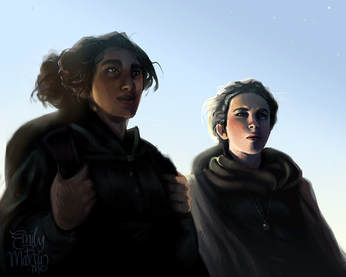 Mae and Mona's first glimpse of the Silverwood Mountains. Mae and Mona's first glimpse of the Silverwood Mountains.
It’s safe to say that my first novel Woodwalker would be an entirely different book if written from Mona’s point of view. While Mae is a native of the Silverwood and tuned in to the pulse of the forest, Mona is an outsider, and a finicky one at that. Readers may notice that while we get lots of specific names of plants and animals in Woodwalker, in the second book, Mona tends to call things more generically—a weed, a bird, a snake. Where Mae greets the natural world with enthusiasm and detail, Mona prefers to keep her distance. But! One big distinction is that Mona is always aware of water. Where Mae might see a river or lake as an obstacle, Mona, who comes from a culture of swimmers and divers, would see it as a possible route or escape. They have intensely different perspectives on the exact same environment.
Whether your characters are moving through a natural environment or a built one, they’re going to have opinions and reflections on what’s happening around them. Use these to illustrate your world—give your reader shivers when your protagonist is standing in the spray of a towering waterfall, make them uneasy when your protagonist eyes a dark storm blowing over the plains. Make your protagonist interact with the world around them, even if it’s just in passing thought. Not only does this expand your world, but it helps define your characters, too, showing us what they notice, what they’re drawn to, and what they fear. Consider, too, your character’s greater culture and their relationship to it. Does your character fall in line with their culture’s beliefs, or are they an outsider to their own people? If your primary culture is a highly advanced society known for its mile-high skyscrapers, and yet your protagonist finds themselves drawn to the scrubby dandelions growing in the sidewalk, that introduces us to a conflict between your character and their community. But if your protagonist has deep, intimate ties to their tree-dwelling, moss-farming culture, it’s going to be a huge step for them to undertake the trek to the underground slag mines. Showing us your character’s unique relationship to the world around them creates a window both inward and outward—building their environment through their perspective while illuminating the conflicts warring inside them. In Moana: My favorite example of this is Moana and Maui’s differing reactions to the Kakamora. Maui sees them as wicked little pirates. Moana? She utters one confident word: “Coconuts.” She grew up on an island where the coconut is king—she can handle sentient ones. 3. Make your environment mirror your plot
There’s a reason why so many movies use weather and environment as emotional cues—your zombie attack isn’t going to be nearly as dramatic if it’s a sunny afternoon in the cemetery, and your ragtag group of warriors won’t seem nearly as victorious if the battle doesn’t end in a blaze of sunrise (see: like every cinematic Tolkien battle ever).
Think of the land of Narnia during the course of The Lion, the Witch, and the Wardrobe. As the power of the White Witch fades, so does the eternal winter. As hope grows, the snows melt and spring flowers bloom, culminating in full summer on the seashore as the Pevensies are crowned by Aslan. If your character isn’t on a physical journey, you can still bring the environment to them. In Year of Wonders by Geraldine Brooks, a small English village is hit by the bubonic plague in 1666 and decides to quarantine itself. The protagonist, Anna, is literally trapped in a town of death and disease, but the environment around her still plays a distinct role in the story—the changing seasons mirror the despair and hope in the plot, and her budding skill with using the medicinal herbs growing in the village develops her sense of self and purpose. In Moana: When Maui leaves Moana, when she pleads with the ocean to pick someone else, when all is lost, we see the environment around her mirror her hopelessness—an endless, motionless, noiseless sea, with her adrift in the middle. 4. Alternatively, do the opposite
Hahaha, rule number one is there are no rules!
Having some incongruous natural event or landmark that seemingly jars with the character’s wants and needs can create a vivid feeling of unease, tension, or even humor. This is one of the driving factors in Sara Beth Durst’s The Queen of Blood, set in a world of lush, primeval forests filled with nature spirits. However, instead of being benign and helpful, these nature spirits’ sole desire is to violently destroy humans. This creates an amazing tension throughout the whole book—gorgeous landscapes juxtaposed with the reality that the protagonists could be horribly maimed by nature at any moment. Whichever method you’re using at the moment, whether the environment is mirroring your plot or opposing it, don’t let it slide by your protagonists unremarked. See point 2—use your character’s point of view to interact with and react to the natural events around them. In Moana: Think of the climactic scene where Moana realizes who Te Kā is. As the elements all swirl and rage around her, everything slows down. The music becomes calm and tranquil, reflecting Moana’s sudden realization. There’s a vivid juxtaposition between the raging lava and water and the calm, gentle song Moana sings. (“I know your name” gets me in the feels every time.) 5. Heck, make it sentient
To continue in the vein of The Queen of Blood, few things will make your environment a dynamic character than actually making nature a character. A lot of writers do this, often in the form of gods and goddesses, demons and monsters, or mythical creatures. In Laline Paull’s The Bees, not only are the protagonists personified insects, but the very environment itself is described as an active player in the plot. The pollen-laden flowers whisper and reach for the forager bees, and the hive and honeycomb hold secrets and messages. The bees’ world is as alive and humming as they are.
If you’re writing fantasy, the world is your oyster. The possibilities for magic systems interwoven with nature are endless. Tolkien’s nature beings—Ents, stone giants, Old Man Willow. J.K. Rowling’s settings steeped in strange, living magic—the Forbidden Forest, the lake, the cave in the cliffs. Sara Beth Durst’s spirit forests that crave both destruction and creation. You can dabble in this even if you’re not writing fantasy, or if your fantasy, like mine, has no magic. Nonfiction books like A Sand County Almanac (Aldo Leopold) and The Home Place (J. Drew Lanham) are saturated with the feeling that the environment around the narrators is a living, breathing being. The authors explore individual plants and animals’ histories, narratives, and voices. They highlight the personhood in what others might pass off as ordinary—or even worn-out, sometimes ugly—landscapes. Even though sentient nature is usually associated with fantasy worldbuilding, it’s a technique that can be explored in any genre. In Moana: The ocean is portrayed as a living thing, able to communicate with Moana and aid her on her journey. One of the antagonists is Tamatoa the shiny crab, and Te Kā and Te Fiti both are elemental beings. 6. Use it as your palette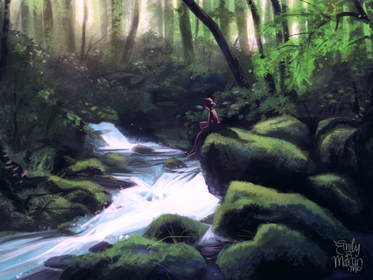 Mae in the Silverwood. Mae in the Silverwood.
If you have the ability and/or interest, you can research your setting and natural history so holistically that you use it as the palette to color your whole story—that is, using it to inform your characters, plot, and conflict.
In the very early stages of writing Woodwalker, I tried vainly to write like J.K. Rowling. Part of this was because I hadn’t read anything besides picture books since my two-year old was born, and part of it was because I wanted my books to have the same kind of depth to them, steeped with references to our own world. JKR does this through plays on words and nods to legend and classic literature—Remus Lupin, Rita Skeeter, Fleur Delacour. All of her names, places, spells, and products are meant to evoke or reference something we can relate to. Rowling has a background in the classics. I do not. And I found myself obviously floundering to make use of the same kind of material. Finally I realized that I was going about things all wrong, of course. I couldn’t build off a skill set that I didn’t have—not without devoting myself to learning a Master’s degree-worth of classics in my spare time caring for a toddler and nursing an infant. Instead, I moved organically into building off the skill set I do have—a background in the natural world. It started with my character names—Mae chooses an epithet, Hawkmoth, meant to mirror her skills and morals. Mona, cool and pale and queen of a country that relies on pearls as its wealth, has a name meant to evoke the pearly moon. Gemma, queen of a country that reveres the stars, takes her name directly from the brightest star in the Corona Borealis constellation, or Northern Crown. Everything else started snowballing around this new perspective—everything from how my different cultures celebrate their religion to how they swear. Characters draw their personalities and perceptions from their native natural world—Gemma, who comes from an arid desert country where fire is a deadly menace, shies away from Rou’s pastime of spinning flaming poi. Mona, whose country is literally a lake, is drawn toward it, enchanted. And on and on—the natural world became my springboard, my thesaurus, and my reference guide. In Moana: Moana’s name, wardrobe, journey, signature song, and thematic symbolism (the pink conch shell) are all drawn from the natural world around her. Obviously this kind of detail won’t appeal to everyone or work for every story. And that’s okay—all writers have different interests and backgrounds—that’s what makes authors unique. Tap into yours—find your niche. For me, who grew up following my entomologist dad dumpster diving to check cockroach baits and subsequently earned two degrees in Being a Park Ranger, the natural world was the strongest and most enticing avenue. If you’re interested in making your environment play a stronger role in your story, there are lots of great ways to conduct your research. Regional nature guides can provide inspiration for names, culture, and imaginary creatures. Nature documentaries (PBS has lots of great ones you can stream for free) provide dynamic visual references. Books of nature-inspired poetry and folklore create vivid emotional connections. Chatting with or emailing an expert like a park ranger (surely you saw that one coming) can give enthusiastic, focused information specific to your plot (make sure you politely ask for an interview first instead of automatically assuming they can spare you their time). And of course, simply getting outside when possible can provide a fresh, holistic resource for your world. What are your favorite books where nature plays a tangible role in the story? January Art Roundup
1 Comment
|
Emily B. MartinAuthor and Illustrator Archives
August 2020
Categories
All
|

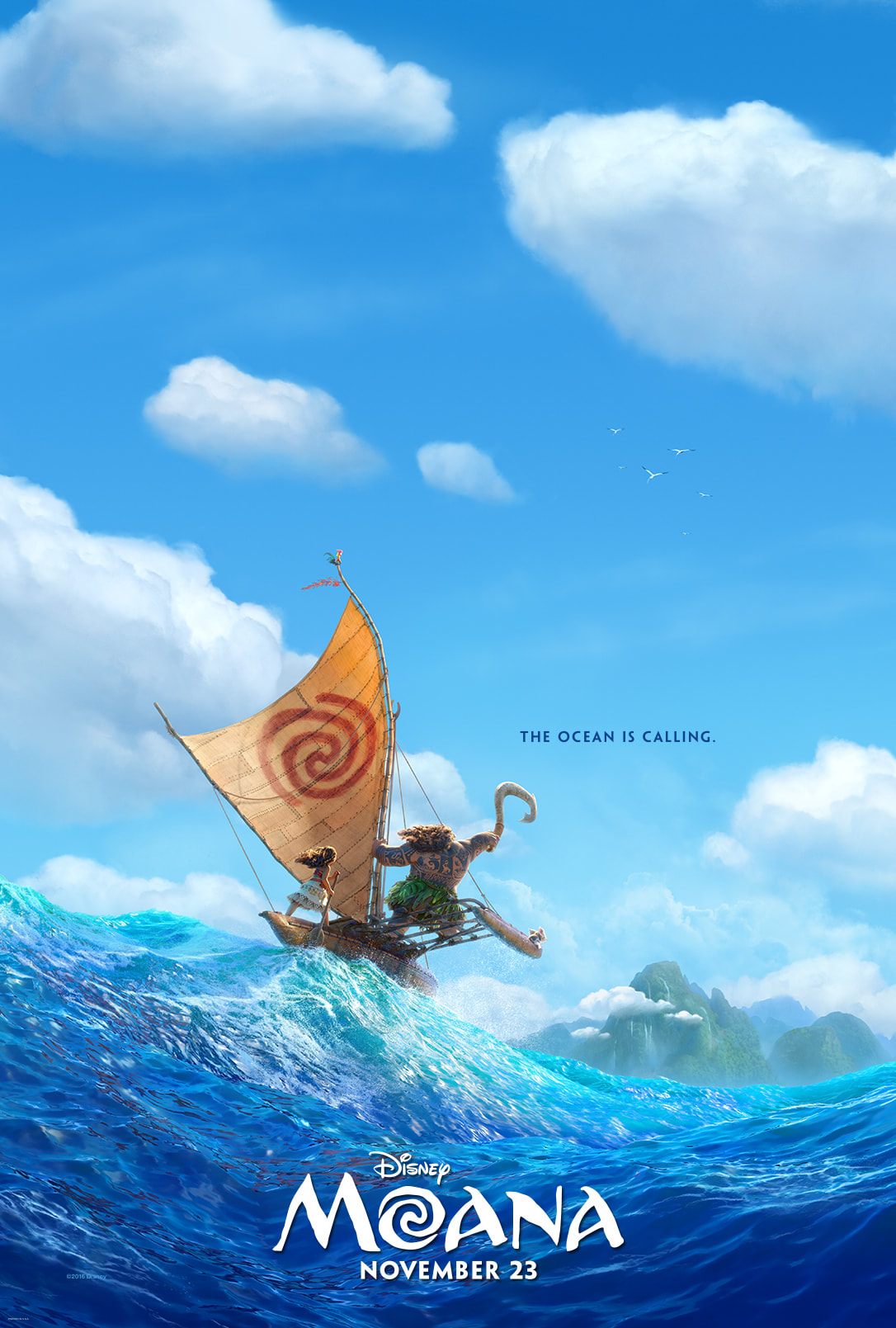
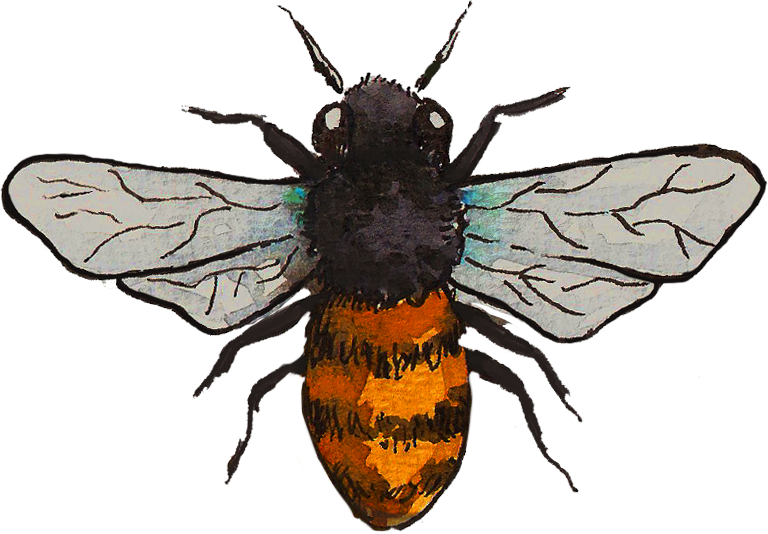
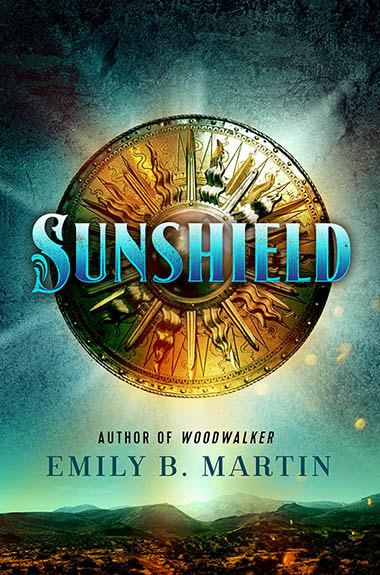
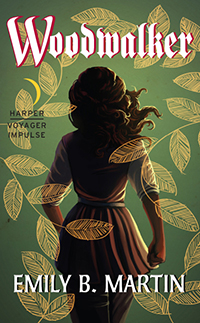
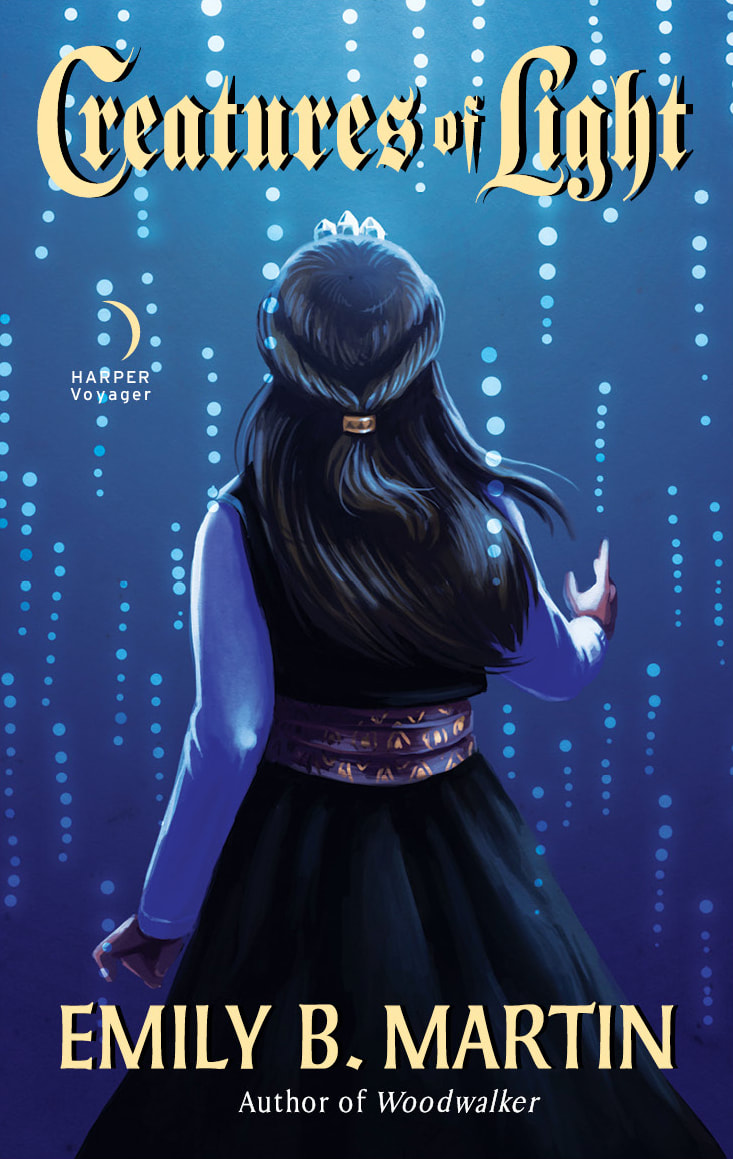
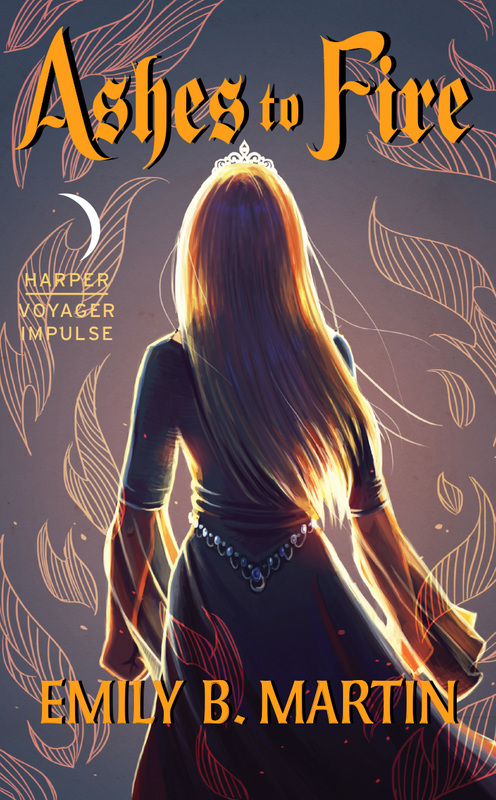
 RSS Feed
RSS Feed

